OPERATIONAL ALERT:
Laundering the proceeds
of crime from
ILLEGAL WILDLIFE TRADE
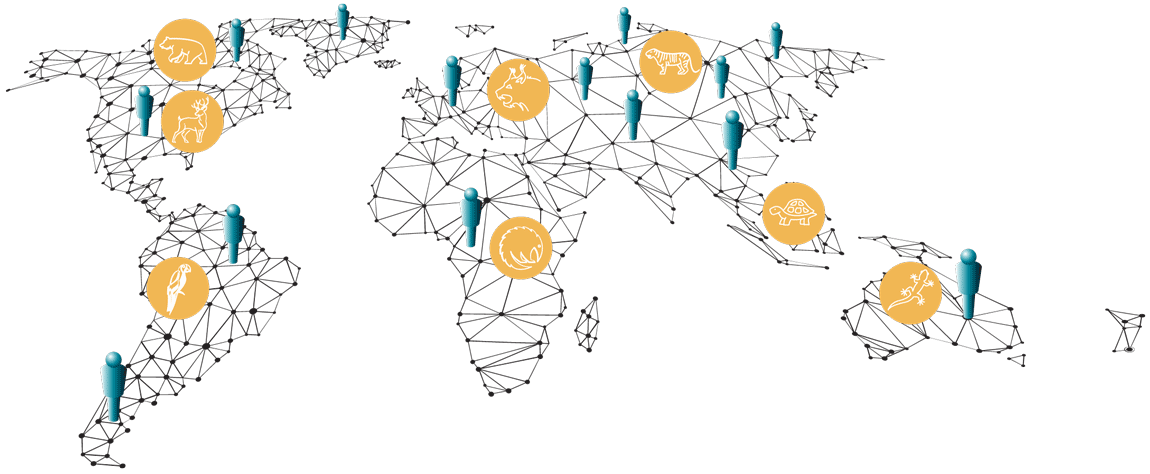
Related content
- For a PDF version of this publication in Spanish or in Portuguese, please contact information@fintrac-canafe.gc.ca.
PROJECT ANTON PARTNERS
This Operational Alert was developed by FINTRAC in collaboration with members of Project Anton, a public-private partnership on the money laundering of proceeds from illegal wildlife trade.
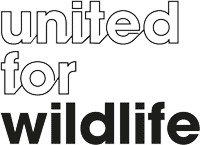


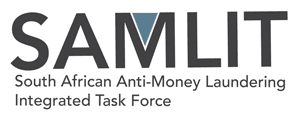
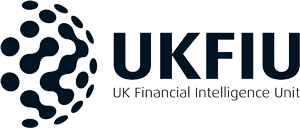
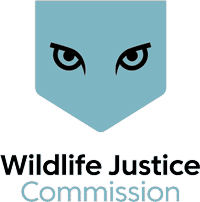






PURPOSE
The purpose of this Operational Alert is to support reporting entities in recognizing financial transactions suspected of being related to the laundering of funds associated with the illegal wildlife trade of animals. This Operational Alert provides money laundering indicators as a result of the analysis of FINTRAC transaction reports related to illegal wildlife trade and supported by analysis of domestic and international sources. The indicators are intended to be applied in a Canadian context; however, they can be used by other jurisdictions to help them identify financial transactions and high risk factors related to illegal wildlife trade.
BACKGROUND
Wildlife crime poses a serious environmental, economic, security and public health threat domestically and internationally.
Despite domestic and international legislation instituted to protect wildlife, actors in Canada and abroad routinely conduct the illegal import, export and breeding of protected animal wildlife. For example, Canadian bears are poached for their bile and for parts, such as their claws and paws, which are subsequently sold for a large profit, especially on the traditional medicine market domestically and internationally. Other wild animals in Canada are also illegally hunted for fur and exported globally as trophies and other decorative products.
Market demand, availability, geographical location, regulation and protection of the wildlife all play a role in the frequency a species is tradedFootnote 2. There are many species at risk in Canada for the illegal wildlife trade. According to Environment and Climate Change Canada, high-risk species for the Canadian illegal market include bears (particularly black , grizzly and polar bears), cougars, geese, lynx, moose, crabs, eels (elvers), lobsters, turtles (particularly blanding’s and spotted turtles), sharks and wolvesFootnote 3.
Illegal wildlife trade not only affects Canada, but also poses a serious threat internationally. It is a major transnational organized crime, which generates approximately USD 20 billion in criminal proceeds each yearFootnote 4. With enforcement action often centered on poachers and smugglers, and ignoring other key enablers in the funding and supply chain, criminal actors find it a lucrative activity that is low-risk and high-reward. Furthermore, wildlife crime threatens biodiversity, fuels corruption, and often involves fraud schemes, tax evasion, and other serious crimes to facilitate their illegal wildlife tradeFootnote 5.
Overseas syndicates often facilitate the illegal trade of wildlife across the world. Organized crime groups involved in wildlife crime are often involved in other domestic and internationally connected criminal activity such as human trafficking, drug trafficking, firearm trafficking and money launderingFootnote 6. This development suggests that organized crime groups are continuing to grow their profits and power through wildlife crime.
Illegal wildlife trade can also have significant public health impacts, as the circulation of animal parts increases the chances of zoonotic disease transmission and can be a vector of pandemicsFootnote 7. According to the World Health Organization, close to 75 percent of emerging infectious diseases over the past three decades that have affected humans originate in animals. Illegally sourced and traded wildlife lack sanitary measures and increases the risk of human infectionFootnote 8.
OVERVIEW OF FINTRAC’S ANALYSIS OF FINANCIAL TRANSACTIONS REPORTS RELATED TO LAUNDERING THE PROCEEDS OF CRIME THROUGH ILLEGAL WILDLIFE TRADE
FINTRAC analyzed a sample of approximately 200 Suspicious Transaction Reports (STRs) related to illegal wildlife trade between 2011 and 2022. The majority of these STRs involved the suspected illegal importation of wildlife into Canada, particularly from China and Sub-Saharan Africa. STRs also indicated the suspected exportation of wildlife from Canada to other jurisdictions, such as the United States and China. Additionally, there are common trends observed in transactions concerning illegal wildlife trade for both importing and exporting.
General money laundering methods
Overall, cash transactions, wire transfers, and email money transfers were the primary transactions in STRs. Additionally, FINTRAC observed several money laundering methods. These included the use of nomineesFootnote 9, front companies owned by traffickers or their associates, and funds layered between related accounts.
In addition to illegal wildlife trade, many individuals named in STRs were also involved in or suspected to be involved in other criminal activities (e.g., drug trafficking, fraud) and were members or associates of criminal groups (such as Asian Organized Crime). Therefore, the money laundering methods observed were likely also used to launder proceeds generated from other criminal activities and co-mingled with suspected illegal wildlife trade proceeds.
Individuals and entities involved in illegal wildlife trade used nominees to funnel proceeds of crime, pay for illegal wildlife trade associated costs (shipping, cages, short term accommodation and packaging), launder funds, and/or conceal beneficial ownership. These nominees were often family members of traffickers and used as intermediaries to funnel funds to traffickers. The family members in FINTRAC's sample were usually the suspected traffickers' spouses but also included siblings and parents.
Front companies were used to launder proceeds and/or to facilitate illegal wildlife trade. For example, an overseas shipping company specialising in fisheries appeared to be co-mingling legitimate business funds with illicit funds from the illegal wildlife trade of eels. Front companies in FINTRAC’s sample were diverse and included industries such as construction-related businesses, transport, and logistics among others. Front companies were owned by suspected coordinators of the illegal wildlife trade, their associates, and other members of their suspected wildlife trafficking network. These front companies were suspected of co-mingling legitimate funds with illicit funds from the illegal wildlife trade.
Illegal import of wildlife into Canada
Transactions suspected of being related to the illegal importation of wildlife into Canada include frequent wire transfers to jurisdictions of concern for wildlife crime such as China, Hong Kong, Australia, and Sub-Saharan Africa, often in rounded dollar amounts. Additionally, these funds are frequently sent to individuals or associates named in open-source information as being involved in the illegal wildlife trade (see Appendix for sanitized FINTRAC case example).
Individuals who are involved in the illegal importation of wildlife into Canada were reported to have made payments to individuals and/or entities involved with animals, such as aquariums and zoos, and not in line with the expected account activity. FINTRAC observed instances where the account would send funds to an individual or entity suspected of being involved in the illegal wildlife trade, and then receive funds from individuals and entities located in Canada, suggesting the suspected resale of animals domestically.
Canadian importers are being used as financial intermediaries for wildlife trafficking, receiving funds from ultimate recipients and sending funds to suppliers in other countries. One such example is an individual in Canada who sent funds to an entity in the United States followed by a transfer of funds from an import/export entity operating in China, for a similar dollar value, suggesting the individual was importing wildlife only to re-export it overseas.
As Figure 1 demonstrates, the illegal importation of exotic wildlife often starts with a Canadian trader who orders wildlife through a coordinator located, for example, in Australia, Asia or Africa. The coordinator manages all aspects of an illegal trade operation required to source wildlife for the Canadian trader including the engagement of poachers, breeders, traders, money mules and couriers located in their country.
The Canadian trader sends funds directly to the trader, poacher and breeder located abroad for wildlife sourcing, and indirectly to the coordinator through a money mule in order to mask their role in managing operations. Poachers, breeders, or traders transport wildlife to the coordinator through legitimate or illicit channels. In the case of the legal domestic trade of live animals, breeders and traders may be unaware of their participation in the illegal wildlife trade. Wildlife is transported to a courier who is paid to ensure transportation of animals to the Canadian trader. Transportation can be indirect, through the postal service or transportation companies often funded with cash, or directly by couriers who conceal wildlife in their luggage or their person when travelling to Canada. The Canadian trader may advertise the trafficked animals for sale on a website or through social media. Advertisement can take place for the sale of animals on the domestic market or for their re-export overseas. Contact information such as addresses, phone numbers and email addresses found on online and social media platforms may provide useful leads for identifying suspicious financial transactions linked to traders in illegal wildlife trade.
Figure 1
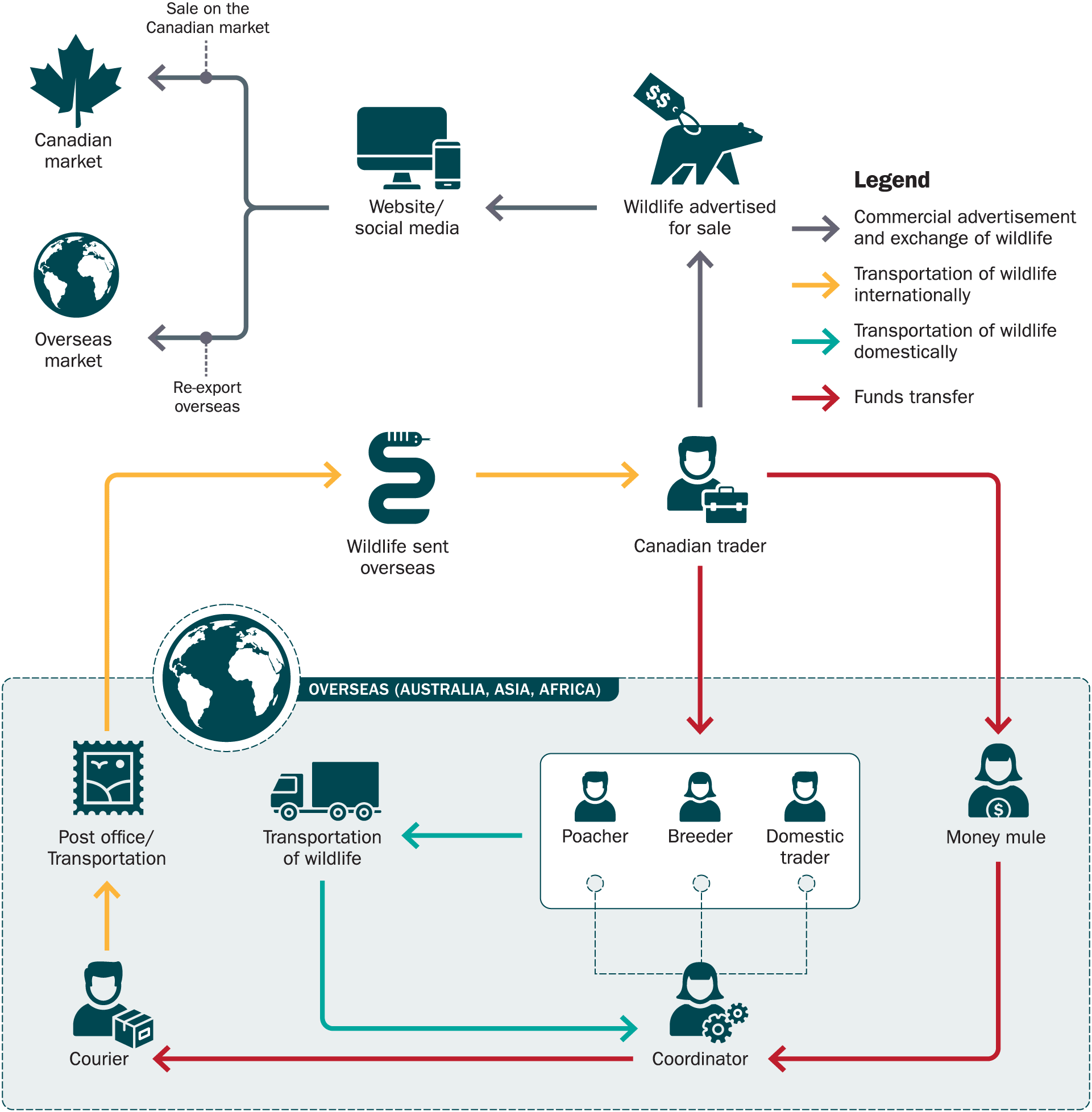
Illegal export of wildlife from Canada
Individuals who are involved in the illegal export of wildlife from Canada were observed receiving funds from individuals and/or entities involved with animals, such as pet stores and zoos, often located in the United States or overseas (e.g., China). Remittance information for these funds on occasion refer to species or animal parts of concern for illegal wildlife trade, and/or may also flag financial activity that is out of line for the stated occupation or nature of business of the Canadian exporter.
Transactions suspected of being related to the illegal export of wildlife from Canada included excessive purchases to postal services, shipping entities, animal logistics services and cargo services along with purchases for animal transport related goods such as cages and freight equipment. The purchases were observed alongside incoming electronic money transfers, often in rounded dollar amounts.
As Figure 2 demonstrates, the same roles and trade dynamics seen in import networks are also present in illegal export networks for Canadian wildlife. Overseas traders, much like Canadian traders, will source Canadian animals for sale on their foreign markets. In Canada, coordinators manage breeders, poachers, traders, couriers, and money mules in moving money and wildlife abroad. Though many of these similarities are present, export networks do not appear to include a re-export component, as seen in illegal importation networks.
Figure 2

REASONABLE GROUND TO SUSPECT AND HOW TO USE INDICATORS
How reporting entities determine if they should submit a suspicious transaction report to FINTRAC (for either a completed or an attempted financial transaction) requires more than a “gut feel” or “hunch,” although proof of money laundering is not required. Reporting entities are to consider the facts, context, and money laundering indicators of a transaction. When these elements are viewed together, they create a picture that is essential to differentiate between what may be suspicious and what may be reasonable in a given scenario. Reporting entities must reach grounds to suspect that a transaction is related to the laundering or attempted laundering of proceeds or crime before they can submit a suspicious transaction report to FINTRAC.
Indicators of money laundering can be thought of as red flags indicating that something may very well be wrong. Red flags typically stem from one or more characteristics, behaviours, patterns, and other contextual factors related to financial transactions that make them appear inconsistent with what is expected or considered normal. On its own, an indicator may not initially appear suspicious. However, it could lead one to question the legitimacy of a transaction. This may prompt you to assess the transaction to determine whether there are further facts, contextual elements, or additional money laundering or terrorist activity financing indicators that would increase your suspicion to the point where submitting an STR to FINTRAC would be required (see Reporting suspicious transactions to FINTRAC).
MONEY LAUNDERING INDICATORS
The following money laundering indicators related to the laundering of the proceeds from illegal wildlife trade were derived from FINTRAC’s analysis of its transactions holdings and other domestic and international sources. These indicators reflect the types and patterns of transactions, contextual factors, and those that emphasize the importance of knowing your client. Indicators linked more directly to the crime itself illustrate activities which may reflect the onset of the laundering of proceeds in subsequent transactions, thereby contributing to the accumulation of suspicion. Indicators should not be treated in isolation; on their own, these indicators may not be indicative of money laundering or other suspicious activity. They should be assessed by reporting entities in combination with what they know about their client and other factors surrounding the transaction to determine if there are reasonable grounds to suspect that a transaction or attempted transaction is related to the commission or attempted commission of a money laundering offence. Several indicators may reveal otherwise unknown links that, taken together, could lead to reasonable grounds to suspect that the transaction is related to the laundering of proceeds derived from illegal wildlife trade. It is a constellation of factors that strengthen the determination of suspicion. These indicators aim to help reporting entities in their analysis and assessment of suspicious financial transactions.
General wildlife trade
- Transaction details (email address, remittance information) make reference to species or animal parts of concern for illegal wildlife trade, particularly endangered species (e.g., ivory, tusk, scales, shark fin, tortoise, gecko).
- Media and/or law enforcement information links client or transacting parties to the illegal wildlife trade.
- Transaction details (contact name, email address, remittance information) specifies the role of the beneficiary of funds (e.g., poacher, coordinator, supplier, breeder, trader, courier).
- An individual is the owner, operator, employee or associated with an industry that could be used to facilitate illegal wildlife trade (e.g., import/export of goods, fisheries wholesaler, pet store, freight company, animal control).
- Individual or an entity has open source informationFootnote 10 linking them to the possession and/or advertising the sale of species of concern for illegal wildlife trade, particularly endangered species (e.g., geckos, turtles, and tortoises).
- Individual received numerous transfers with wildlife-trade references from several parties, followed by outgoing transfers to an individual(s) who has also received similar email money transfers from other parties. The individual had very few or no other transactions in their account. (The individual may be a financial intermediary/nominee in a wildlife trade network and may be a collector of illegal wildlife-related funds).
- Individual or entity provides misleading or falsified documentation concerning wildlife trade (e.g., incorrect permits).
Import into Canada
- Frequent transfers to individuals and/or entities located in jurisdictions of concern for wildlife crime (e.g., China, Hong Kong, Australia, and Sub-Saharan Africa).
- Payments to entities operating in the traditional medicine market.
- Transaction details (email address, remittance information) make reference to traditional medicine or the traditional medicine market.
- Payments made to individuals and/or entities involved in an animal-related business (e.g., aquarium, zoo, veterinary clinic) that are inconsistent with the client’s profile.
- Purchases and/or payments for travel-related purchases (e.g., airfare, lodging) to and from jurisdictions of concern for wildlife crime.
Export from Canada
- Individual or entity received multiple email money transfers or wire transfers referencing species or animal parts of concern for illegal wildlife trade from Canada (e.g., bear, grease, eels).
- Frequent purchases and/or payments for animal related goods and services (e.g., animal supplies, cages, freight equipment).
- Frequent payments to shipping entities, postal services, and/or cargo services.
- Payments received from individuals and/or entities involved in an animal-related business (e.g., aquarium, zoo, pet store) that are inconsistent with the client’s profile.
REPORTING TO FINTRAC
To facilitate FINTRAC’s disclosure process, please include the term #ProjectANTON or #ANTON in Part G-Description of suspicious activity on the Suspicious Transaction Report. See also, Reporting suspicious transactions to FINTRAC.
CONTACT FINTRAC
Email: guidelines-lignesdirectrices@fintrac-canafe.gc.ca
Telephone: 1-866-346-8722 (toll-free)
Mail: FINTRAC, 24th Floor, 234 Laurier Avenue West, Ottawa ON K1P 1H7, Canada
RESOURCES
Several other FINTRAC and external reports also describe the contextual and financial aspects of illegal wildlife trade. For more information on wildlife crime, as well as associated financial intelligence, please consult the following resources:
Canada
- Environment and Climate Change Canada: “International trade in protected animals and plants”
- Justice Canada: “Wild Animals and Plant Trade Regulations”
- The Wild Animal and Plant Protection and Regulation of International and Interprovincial Trade Act
- World Animal Protection: “Canada’s role in the wildlife trade”
International
- AUSTRAC/Fintel Alliance: “Illegal wildlife trafficking financial crime guide | AUSTRAC”
- The Convention on International Trade in Endangered Species of Wild Fauna and Flora
- C4ADS: “Runaway to Extinction”
- Egmont Centre of FIU Excellence and Leadership: “ECOFEL—Financial Investigations into Wildlife Crime”
- Financial Action Task Force: “Money Laundering and the Illegal Wildlife Trade”
- Financial Crimes Enforcement Network: “Financial Threat Analysis—Illicit Finance Threat Involving Wildlife Trafficking and Related Trends in Bank Secrecy Act Data”
- South African Anti-Money Laundering Integrated Task Force: SAMLIT_IWT Report_November2021.pdf (fic.gov.za)
- United Nations Office on Drugs and Crime: “World Wildlife Crime Report: Trafficking in protected species”
APPENDIX
FINTRAC Case Example—Illegal Wildlife Trade
This case study demonstrates the international nature of an illegal wildlife trade investigation, the critical importance of suspicious transaction reports (STR), and the international nature of this crime. It also illustrates how indicators can be combined to reach reasonable grounds to suspect. Part 1 illustrates international financial links and Part 2 is focused on how two of the individuals are linked.
Part 1: International links
An STR submitted to FINTRAC identified CHAD and DEVON as conducting transactions consistent with proceeds from illegal wildlife trade. Information shared by a foreign financial intelligence unit corroborated the STR and revealed information on an additional individual, ROMI, suspected of being involved in the same illegal wildlife trade activity.
ROMI was reported to be sending herself funds through electronic funds transfers (EFTs) from her bank accounts held in Australia and China, which are jurisdictions for wildlife crime, to her bank account in Canada.
DEVON was reported as ordering EFTs to the benefit of various entities and individuals, including himself and CHAD, with reported addresses in numerous countries, some of which are jurisdictions of concern for wildlife crime. Additionally, two EFTs included transaction details referencing “species or animal parts of concern for illegal wildlife trade”, including, “PERSONAL PURCHASE LIZARD SKIN” and “PARTIAL PAYMENT TILIQUA”Footnote 11. One of the entities receiving funds was STORE 1, a company that open source information describes as engaged in supplying rare reptiles. As such, it is possible that the EFT to STORE 1 was a payment.

Part 2: Connections between ROMI and DEVON
This chart depicts connections between ROMI and DEVON.
Analysis of financial intelligence identified that ROMI and DEVON share the same addresses and that they each ordered and received EFTs in relation to the same individuals with reported addresses in China, a jurisdiction of concern for wildlife crime. One can reasonably assume that they are known associates, if not family members.
Furthermore, ROMI and DEVON were also reported as receiving EFTs from JORDAN. Open source information identified that JORDAN is the owner of JORDAN REPTILES, which produces captive bred reptiles. As such, JORDAN was identified as being “involved in an animal-related business” and it is possible that these EFTs were payments.
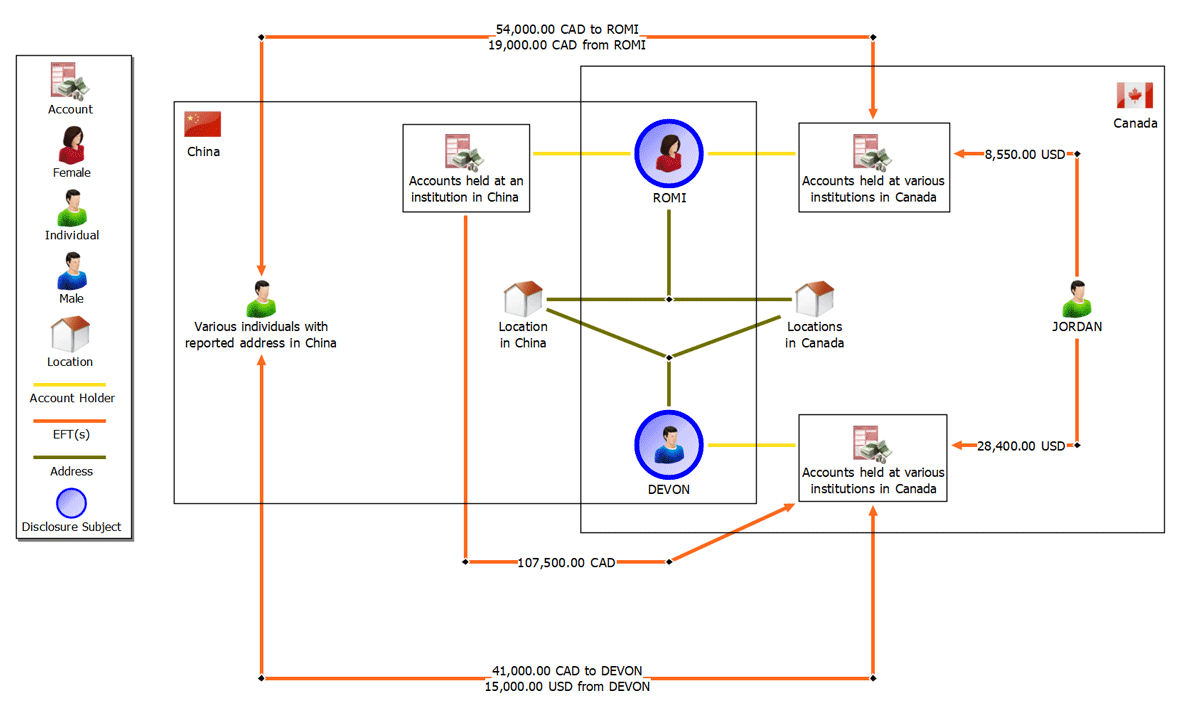
- Date Modified:
